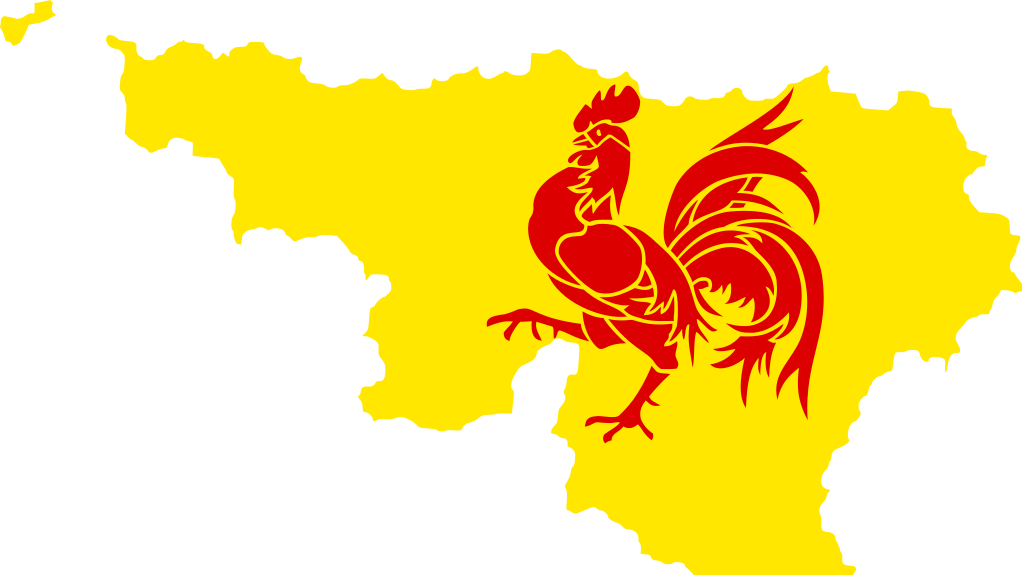MPs and random citizens in the same boat

Since 2 February 2023, so-called "Deliberative Committees" can be formed in the parliament of the Walloon Region in Belgium. On the initiative of citizens or parliament, 30 randomly selected residents can develop recommendations for decisions of the regional parliament together with ten elected members of parliament.
In view of the accusations made against the political institutions, "we need to reconnect with the citizens. This joint work will help us do that," said André Frédéric, President of the Parliament, at the launch of the platform for the establishment of the committees and the media campaign to publicise it. "The aim is to open the windows, bring in oxygen and implement ideas," added Olivier Maroy (Mouvement Réformateur).
Initiative on paper or online
An initiative to set up a Deliberative Committee can be submitted on paper or via Parliament's website. To be admissible, the initiative must
- be signed by at least 2,000 people residing in the Walloon Region and aged 16 or over
- have a wording or theme that is not manifestly crude or offensive or contrary to the human rights and fundamental freedoms guaranteed by Title II of the Constitution and by the international treaties ratified by Belgium
- fall under the competence of the Walloon Region or a competence conferred by the French Community
- comply with Belgium's international and supra-national obligations
- take the form of one or more proposals enabling a specific issue of public interest to be discussed rather than one or more closed questions.
Deadlines
The initiators have six months to collect signatures. At their request, the period may be shortened. Parliament decides within two months of the expiry of the deadline whether to deal with the initiative. The initiators of the initiative are informed of the reasoned decision.
An overview of the initiatives can be found on the Parliament's website. Their status is mentioned until the decision of the plenary.
Formation of committees
If an initiative is adopted, the Conference of Presidents forms the deliberative committee to deal with the initiative. No deliberative committee may be formed within nine months before a parliamentary election.
To form a deliberative committee, 3,000 citizens are randomly selected in a first step. Then a second draw is made among the citizens who have expressed interest, as participation in these committees is always voluntary. Finally, a group of 30 people is assembled, ensuring the best possible balance of gender, age, geographical distribution and level of education.
Expense allowance
The committee participants receive an expense allowance of 217 euros for each meeting in addition to reimbursement of travel expenses. A monitoring committee of four participation experts will in particular organise the random selection and supervise the conduct of the committee debates.
At the end of the discussions, a draft report will be prepared by two MPs and two citizens. It will contain a summary of the discussions, proposals for recommendations and the voting results. This will include a double vote for each proposal - secret for the citizens and public for the MPs.
Implementation of the recommendations
Finally, the measures following the recommendations will be discussed in the parliamentary committee and then in plenary within six months of the submission of the report.
With the new instrument of Deliberative Committees, the Walloon Region follows the example of the Brussels-Capital Region, where such committees were already adopted in 2019. Since then, Deliberative Committees have drafted proposals on five topics there: Biodiversity, the role of Brussels citizens in times of crisis, the introduction of the 5G mobile phone standard, dual education and homelessness.
"An incredible instrument"
Magali Plovie, President of the French-speaking Parliament of the Region Brussels-Capital and inventor of this instrument of democracy, calls the Deliberative Committees "an incredible instrument".
Read more:
Image licence: Wikimedia Commons